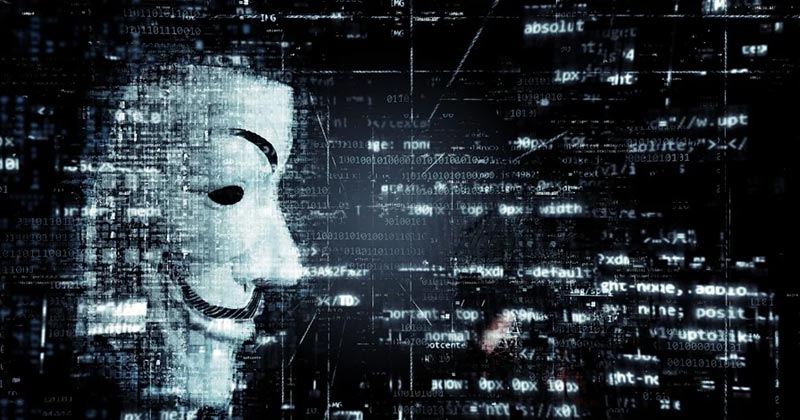What if you were confronted with a pretty straight-forward question, say something like this- was 2020 a dark year only for the pandemic and the many many lives that were lost due to the COVID 19 virus? What would your response be to such a probing statement, a rather befuddling point?
Turns out, given the rising rate of cyber crimes, 2020 wasn’t just a bad year owing to the COVID 19 pandemic and the irreparable damage it caused that led to hundreds of thousands of lives lost, all across the world.
We are, unless you are very much mistaken that you’re living in some ice-age where only hunting and eating your prey are the vital activities of life, in very dangerous times. Never before have individuals and businesses been as dependent on the World Wide Web for business activities and transactions as what one finds today.
And in 2020, when much of the world’s active business work had been suspended due to the alarming rise in the COVID 19 cases, the real time activities shifted base; moving from the physical or tangible to a complete overhaul of operations, shifting completely to the online way of life. And implicit in this change came the a potent rise of a threat the world is yet to win the battle against.
The rise of cybercrime. The thing that becomes an unmitigated disaster- cyberattacks. And news reports as on February 25 suggest that 2020 was a particularly dark year concerning Cyber-attacks in India.
Now just how was this and what led to all of this?
Very quickly then, here’s what Business Standard had to say on the troubling story:
India reported the second highest number of cyber attacks after Japan in the Asia-Pacific region in 2020, according to the annual IBM X-Force Threat Intelligence Index. According to this report, India accounted for 7 per cent of all cyber-attacks observed in Asia in 2020.
The report added, “Finance and insurance was the top attacked industry in India (60 per cent), followed by manufacturing and professional services.”
Ransomware is the topmost cyber attack threat comprising 23 per cent of the attacks. Sodinokibi (REvil) ransomware alone made minimum profits worth $123 million, as per the IBM report. Besides this, digital currency and server access attacks also affected Indian companies last year.
The above told, what’s rather stunning in not such an uplifting sense of the word is that implicit in the rise of Cyber-attacks in India was a strange development. It concerned cyber-criminals actually targeting critical components of the vaccine supply chain.
The fact that even relief measures and public health information portals were subjected to spam targeting and malware by cyber-criminals formed a series of harrowing experiences that simply go onto state just how insidious a thing a cyber-attack is and can be.
Also Read: India To Sell 20 Million COVID Vaccines To Brazil!
Now, think for a second about this very troubling fact: that India alone accounted for nearly seven percent of all the Cyber-attacks in all of Asia goes onto suggest what a disaster the bygone year 2020 truly was.
Even as 2020 is now a thing of the past, it truly has taught us about the perils of cyber-crimes. The key question, however, still remains- have the key lessons been learnt?


